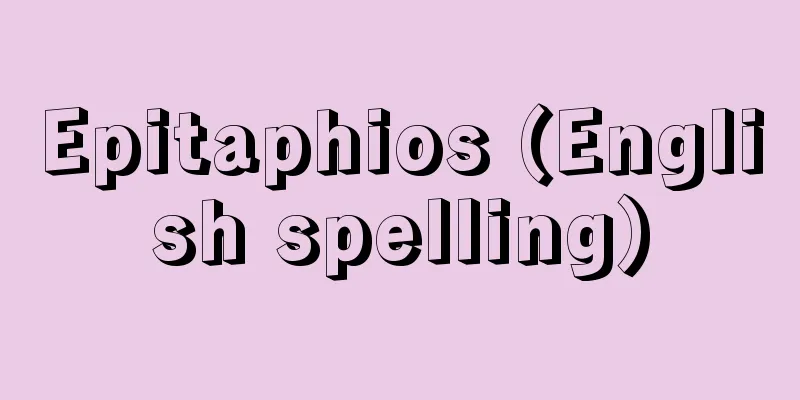Symmetry - Sosho

|
In biology, this refers to the division of an animal into equal parts that are mirror images of each other by a certain surface. Broadly speaking, it can be divided into radial symmetry and bilateral symmetry. Radial symmetry is when there are three or more planes of symmetry that pass through the body axis, and examples of this are protozoa such as sunfish, coelenterates such as sea anemones and jellyfish, and echinoderms such as starfish and sea urchins. All of these are animals with low mobility or epiphytes. Bilateral symmetry is when there is one plane of symmetry that divides the body equally into left and right, and is seen in many animals, including vertebrates. Bilaterally symmetrical animals have a clear head-tail axis, their central nervous system tends to be concentrated in the head, and they obtain information from the outside world from paired sensory organs on the left and right. This gives them directionality in their movements. These points are closely related to their high mobility. Starfish and sea cucumbers are also motile as plankton when they are larvae, and have a bilaterally symmetrical body structure. In this way, symmetry can change secondary during the process of individual development. On the other hand, there are animals that do not have symmetry, such as amoebas. However, as can be seen from the human body, bilateral symmetry mainly refers to the exterior of the body, and in many cases, the arrangement of internal organs is not strictly bilaterally symmetrical. [Masaru Wada] Source: Shogakukan Encyclopedia Nipponica About Encyclopedia Nipponica Information | Legend |
|
生物学用語では、動物をある面によって互いに鏡像的な等しい部分に分けられることをいう。大きくみて、放射相称と左右相称に分けられる。放射相称とは、体軸を通る相称面が三つ以上ある場合で、タイヨウチュウなどの原生動物、イソギンチャク、クラゲなどの腔腸(こうちょう)動物、ヒトデ、ウニなどの棘皮(きょくひ)動物がその例である。いずれも運動性の低い動物、あるいは着生動物である。左右相称とは、相称面が一つで、これにより体が左右均等に分けられるものをいい、脊椎(せきつい)動物をはじめ、多くの動物にみられる。左右相称動物には頭尾軸が明確で、中枢神経系が頭部に集中する傾向があり、対(つい)になった左右の感覚器から外界の情報を得られる。そのため運動に方向性が生じる。これらの点と運動性が高いこととは深い関係がある。ヒトデやナマコも、幼生のときはプランクトンとして運動性があり、左右相称的な体制である。このように個体発生の過程で二次的に相称性が変わる場合もある。一方、アメーバのように相称性をもたない動物もいる。しかしながら、ヒトの体を考えてもわかるように、左右相称というのは主として体の外面のことで、内臓の配置など厳密には左右相称でない場合が多い。 [和田 勝] 出典 小学館 日本大百科全書(ニッポニカ)日本大百科全書(ニッポニカ)について 情報 | 凡例 |
Recommend
Tadatsugu Ikeda
1599-1615 A daimyo in the early Edo period. Born ...
Honami [town] - Honami
An old town in Kaho District, central Fukuoka Pref...
United Nations Economic and Social Commission for Asia and the Pacific
…United Nations Economic and Social Commission fo...
seachannel
… province—An area distinguished by a group of si...
Slide rule
A calculating device designed to make it easy to ...
Lamut
… [Classification and distribution] The Tungusic ...
XBT - Expendable Bathythermograph: XBT
A throw-away type water temperature vertical distr...
Diving petrel - Diving petrel
A general term for birds of the Pelecanoididae fam...
Financial statements
Income statements, balance sheets, cash flow stat...
Pension insurance - nenkinhoken (English) annuity insurance
A type of life insurance. It is classified based o...
Breakrush
...It is distributed west of Aichi Prefecture in ...
Right of independence
One of the fundamental rights granted to a nation ...
Auchterlony process - Auchterlony process
…The principle behind the formation of precipitat...
Ofuna [town] - Ofunamachi
...Visiting the historical sites and temples of K...
Lipit-Ishtar (English spelling)
…A Sumerian law code established by the fifth kin...





![Madhya Pradesh [State] (English spelling)](/upload/images/67cce88dadf4a.webp)



